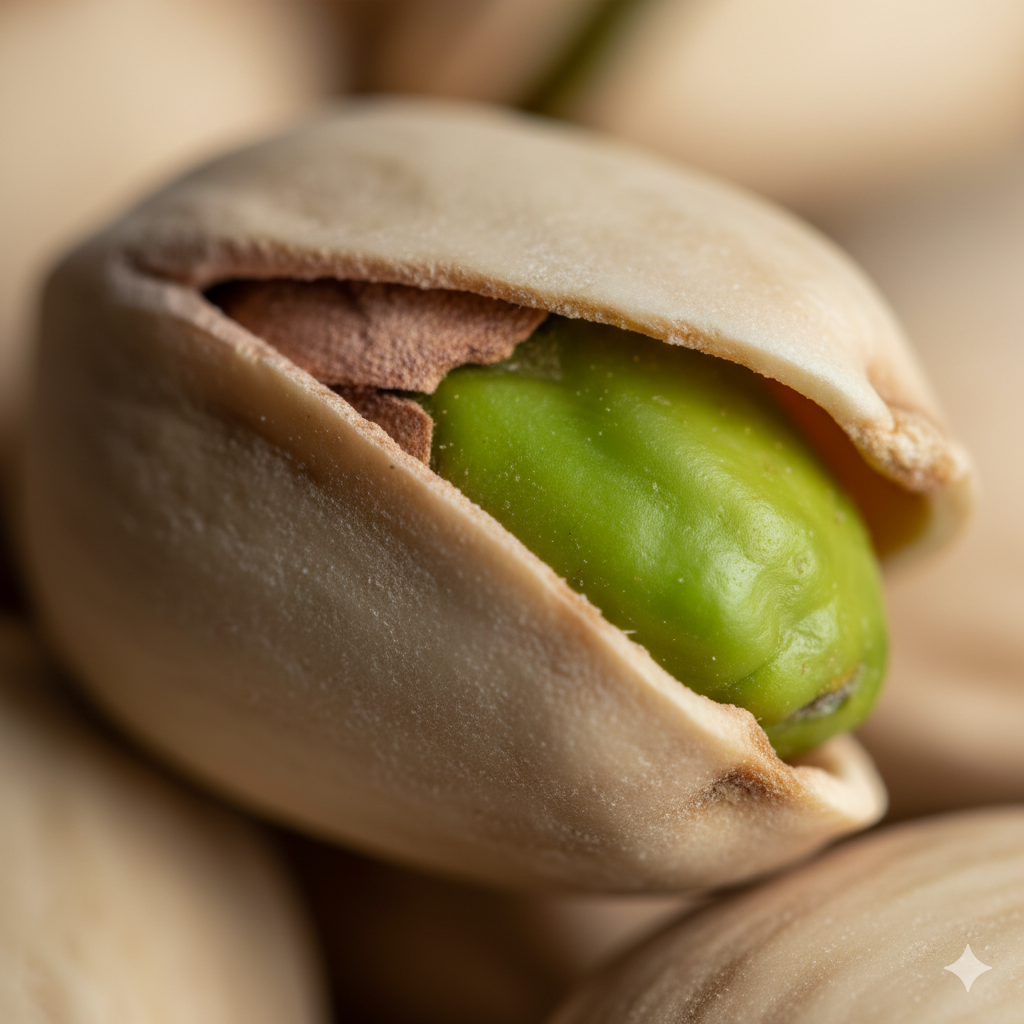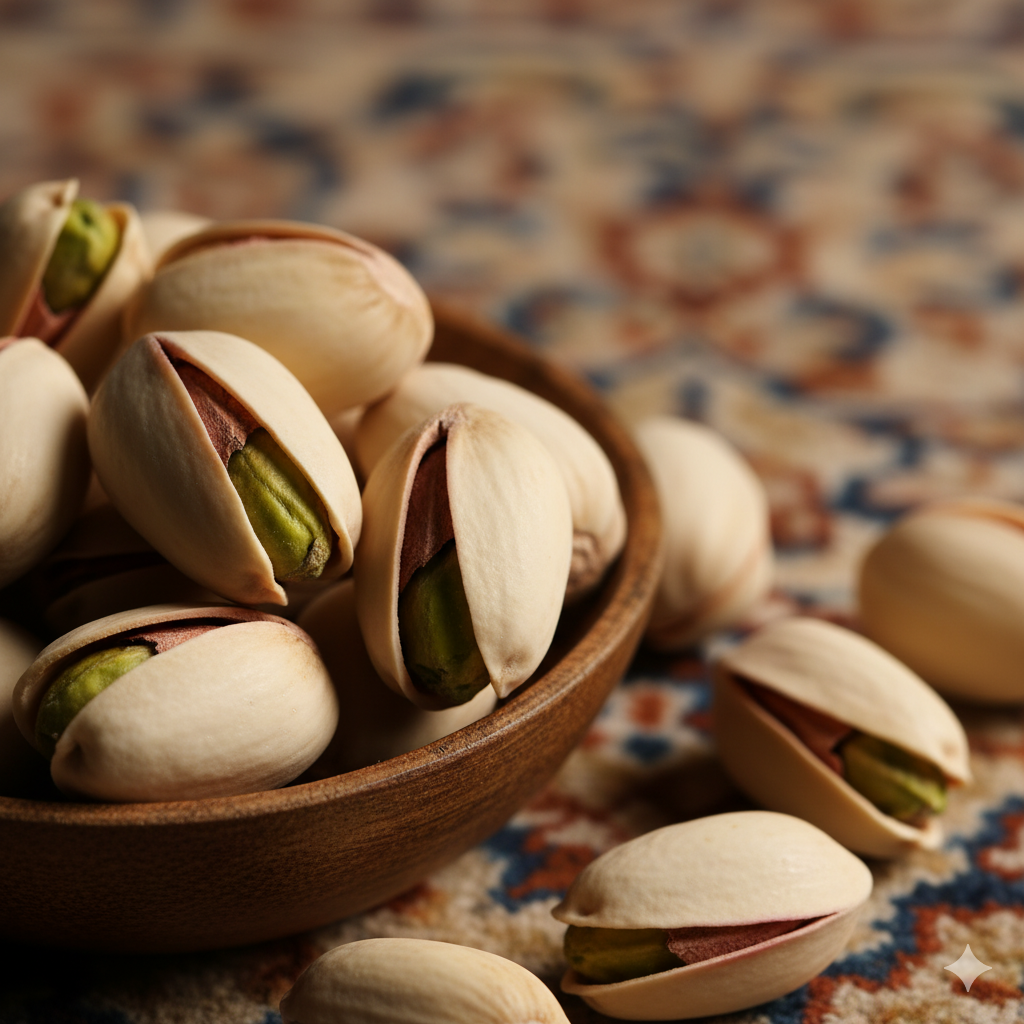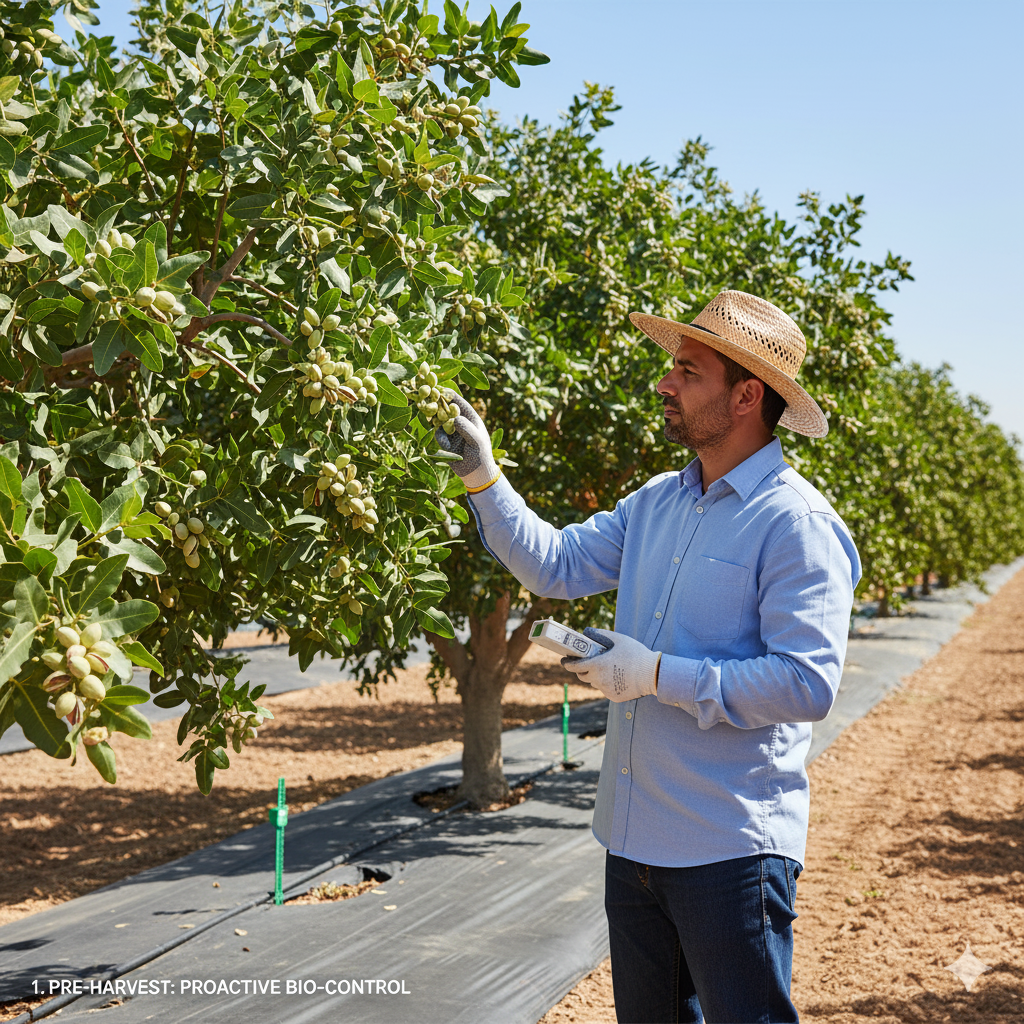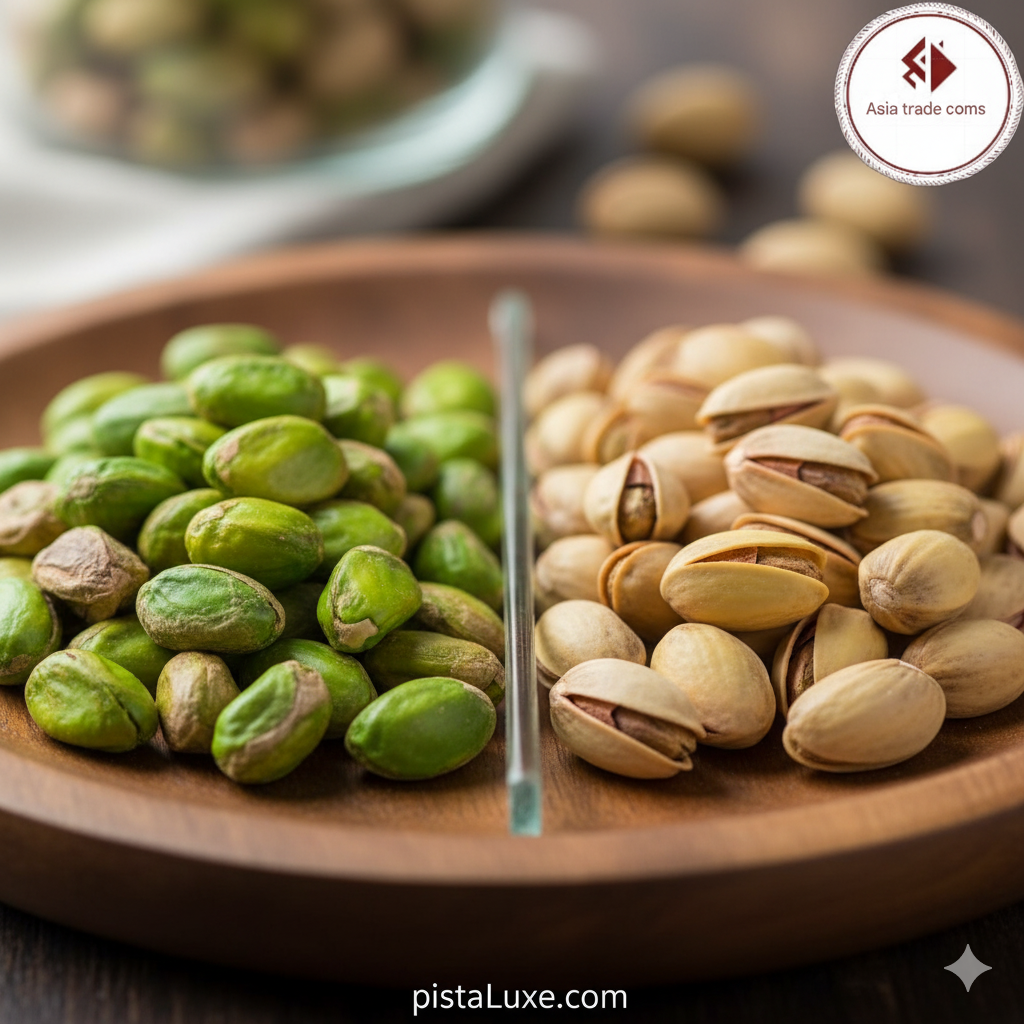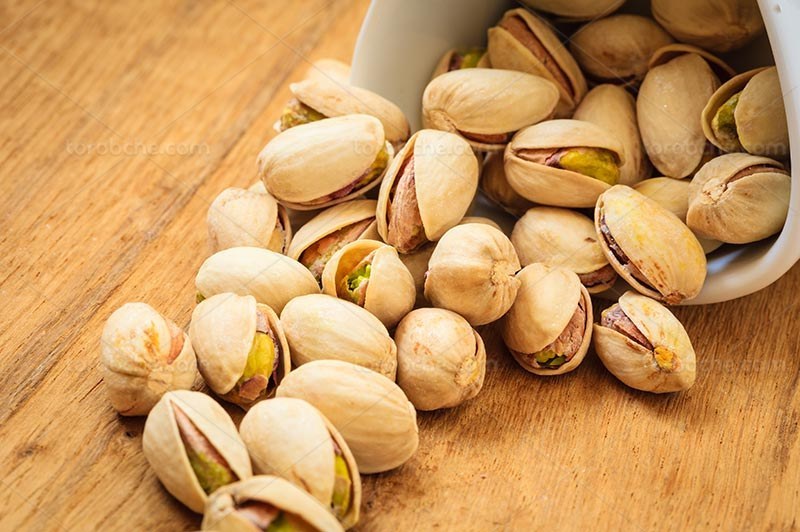
Pistachios are one of the most valuable nut crops globally, renowned for their nutritional benefits and economic importance. However, the sustainability and profitability of pistachio cultivation heavily depend on effective management of pests and diseases that threaten orchard health and fruit quality. Proper identification, timely intervention, and integrated pest management practices are vital for maintaining vigorous trees and maximizing yield.
In this detailed guide, we explore the most common diseases and pests affecting pistachio trees, along with scientifically proven control strategies to combat them efficiently.
Major Diseases Affecting Pistachio Orchards and Their Management
1. Phytophthora Root Rot (Phytophthora spp.)
Overview:
This soil-borne fungal disease is one of the most damaging threats to pistachio trees. It infects the roots and lower trunk, impairing water and nutrient uptake, leading to tree decline, and ultimately, death if unmanaged.
Symptoms:
- Sudden wilting or yellowing of leaves
- Dieback of branches
- Soft, dark, or rotted roots visible upon excavation
- Reduced vigor and canopy thinning
Control and Prevention Measures:
- Soil drainage: Ensure proper drainage and avoid waterlogging, which favors disease development.
- Resistant rootstocks: Use resistant or tolerant varieties where available.
- Sanitation: Remove and destroy infected plant debris to prevent pathogen spread.
- Chemical control: Apply appropriate fungicides (such as metalaxyl or fosetyl-Al) during early infection stages, following recommended dosage and timing.
- Crop management: Avoid planting in infected soils; consider soil fumigation if necessary.
2. Anthracnose (Colletotrichum spp.)
Overview:
This fungal disease causes dark, sunken lesions on leaves, stems, and fruits, reducing crop quality and causing premature fruit drop.
Symptoms:
- Irregular dark lesions on leaves and nut shells
- Wedging and curling of leaves
- Cankers and dieback on twigs
Control and Management:
- Fungicide applications: Regular spraying with approved fungicides such as copper-based compounds, especially during flowering and fruit set.
- Sanitation: Remove fallen infected leaves and debris to lower inoculum sources.
- Pruning: Improve airflow and light penetration through strategic pruning.
- Crop rotation: Avoid planting pistachios in soils previously affected by the pathogen.

Common Pests of Pistachio and Their Management Strategies
1. Red Spider Mite (Tetranychus urticae)
Overview:
These tiny arachnids are a major pest, causing stippling, leaf bronzing, and premature leaf drop, which weaken tree growth and reduce nut yield.
Management Techniques:
- Monitoring: Regularly inspect leaves for mite presence.
- Chemical control: Use specific acaricides in accordance with manufacturer instructions, avoiding broad-spectrum insecticides that harm natural enemies.
- Biological control: Encourage predatory mites (e.g., Phytoseiulus persimilis) and other natural enemies.
- Cultural practices: Avoid excessive watering and stress conditions that favor mite outbreaks.
2. Pistachio Green Aphid (Chrougha spp.)
Overview:
Aphids suck sap from young shoots and leaves, leading to distorted growth and transmitting viruses that can reduce orchard productivity.
Management Techniques:
- Insecticides: Apply targeted, environmentally friendly insecticides during early infestation stages.
- Natural predators: Promote beneficial insects such as ladybugs and lacewings.
- Cultural practices: Remove infested shoots and debris to minimize pest habitat.
- Monitoring: Regular pest scouting to identify early outbreaks.
3. Navel Orangeworm (Amyelois transitella)
Overview:
A significant pest during nut development, this moth causes direct damage to kernel quality and predisposes nuts to fungal infections.
Management Techniques:
- Pheromone traps: Use for monitoring and mass trapping.
- Insecticide treatments: Apply during vulnerable pupal stages.
- Timely harvest: Reduce infestation risks by harvesting promptly.
- Sanitation: Remove infested nuts and debris from orchards.
Additional Control Tips for Effective Pest and Disease Management
- Implement regular and thorough orchard inspections. Early detection can prevent widespread outbreaks.
- Use integrated pest management (IPM) strategies combining biological, cultural, and chemical methods.
- Follow manufacturer instructions carefully when applying pesticides and fungicides to minimize environmental impact and prevent resistance development.
- Maintain orchard hygiene with pruning, sanitation, and proper pruning to improve airflow and reduce humidity levels favorable to diseases.
- Educate yourself and staff about pest lifecycle and disease epidemiology to optimize control timing.
Final Recommendation
Protecting your pistachio crops from pests and diseases requires a proactive and informed approach. Adopting integrated management practices can significantly improve orchard health, fruit quality, and profitability.
Need high-quality pistachios or expert consultation?
Contact Mr. Ravan-shad today! Send a message via WhatsApp at 00989214773705, and get professional assistance tailored to your orchard needs!


